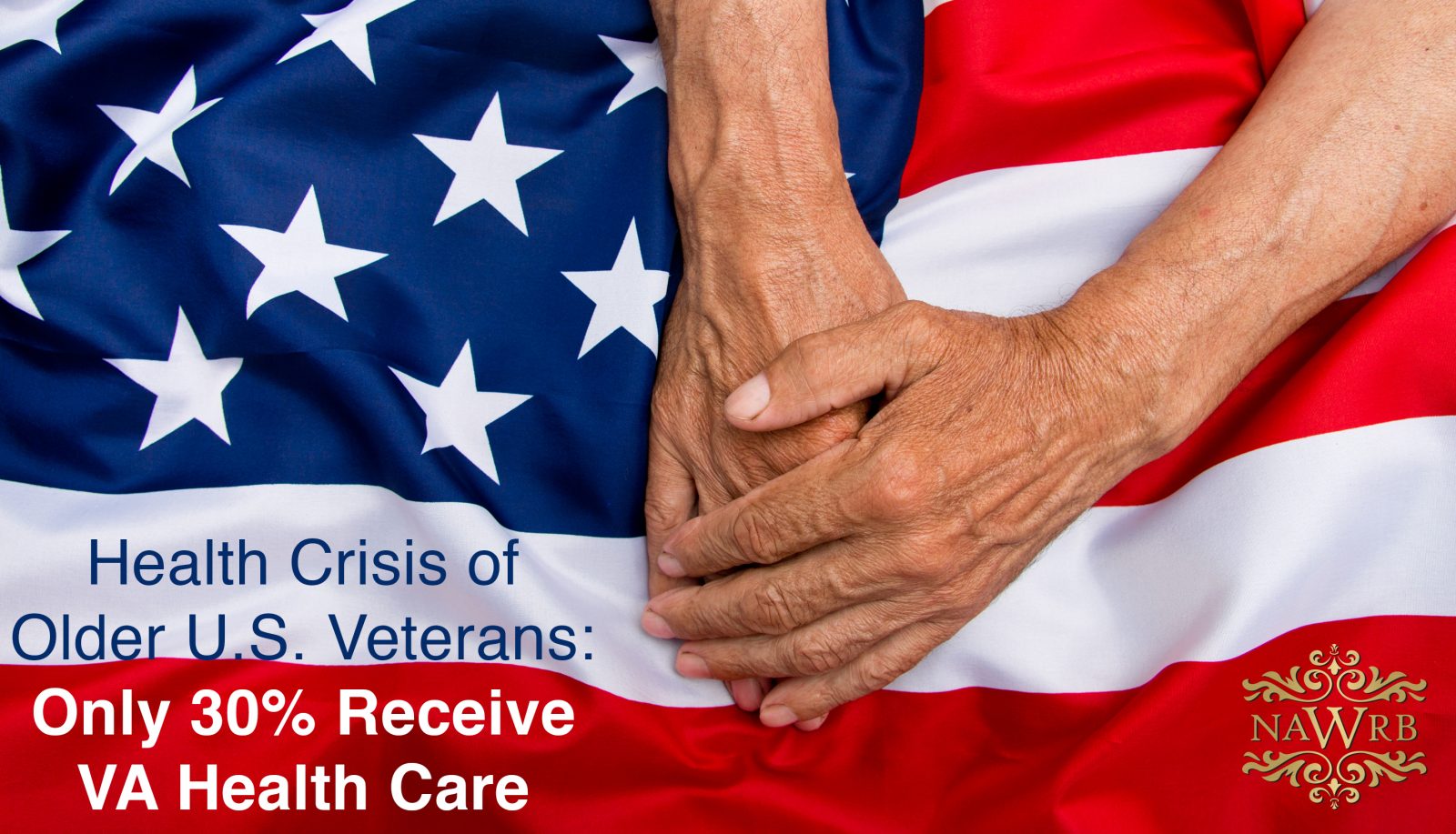In honor of Memorial Day on May 27th, 2019, a holiday honoring the women and men who have died in military service for the United States, NAWRB is highlighting the current state of older veterans living in the states. The aging population of veterans, an often overlooked segment of U.S. citizens, face a variety of obstacles when it comes to receiving VA health care and disability benefits.
NDILC member Erica Courtney, President of 2020vet and Zulu Time, U.S. Army Aviation, Major NATO Gender Advisor, highlights serious resource shortfalls for America’s veterans that the nation must be prepared to face in the near future in her report titled A Window into the Problems Military Veterans Face.
In the report, she notes that individuals who have served in the military are often at higher risk of mental health problems, such as increased rates of suicide, psychiatric illness such as depression and post-traumatic stress disorder (PTSD) and substance abuse, compared to the civilian population.
Older Veterans & VA Benefits Stats
- Today, there are about 10 million veterans who are aged 65 and older, comprising 39 percent of all veterans.
- 10.2 million veterans are not receiving their VA benefits or services,
- 9.7 million veterans use at least one VA benefit or service.
- Of those who do receive VA benefits or services, about 6 million receive VA health care, or 30 percent of all veterans.
Seeking medical assistance can be difficult for the aging population for a number of reasons. First, there are not enough medical facilities to treat the rising demand of patients. Second, older veterans have problems accessing health care benefits because they have trouble obtaining or finding records that prove their service. For instance, in 1973, a fire at the National Personnel Records Center (NPRC) destroyed millions of official military service records.
Older veterans also have to go through a thorough process of proving their disabilities are service-related with medical evidence, such as VA treatment records, private medical records, and statements from family and friends, or those they have served with them in the military.
Furthermore, some regional offices are backlogged two to three years behind in disability claim appeals. Older veterans with serious medical issues do not have time to waste. Approximately 3,000 veterans die each year with the disability compensation claims still stuck in the adjudication process.
Older veterans deal with a specific set of issues, such as access to health care and disability benefits, housing and poverty. As a result, they must be included in efforts to improve the quality of life of the older population, and solutions need to keep their unique needs in mind.
NAWRB works to provide a light on the lesser-known issues affecting the housing and real estate ecosystem and show the relationship between industries involved, such as the connection between the aging population, health and technology. These industries can collaborate together and join their resources in addressing this serious issues affecting our respected older military veterans. We are hoping to start the conversation.

 Login
Login

